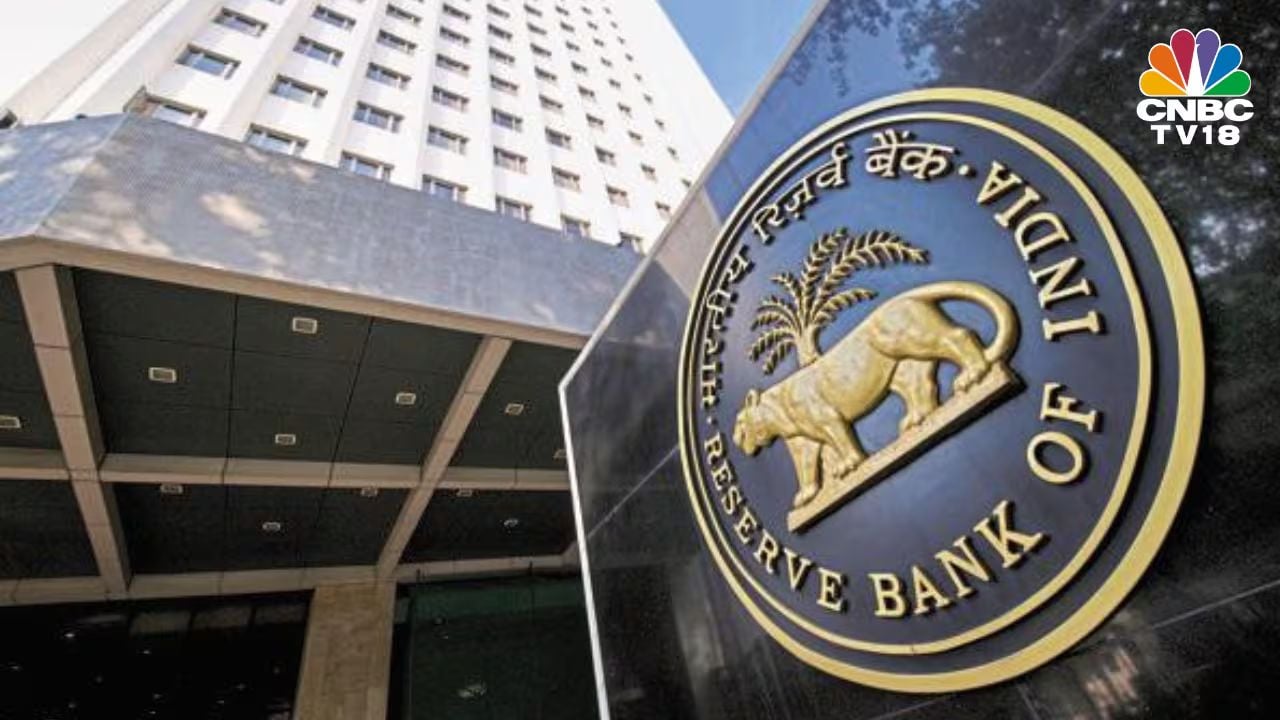

Indian banks have maintained a robust financial position, with sustained growth in loans and deposits, while their gross bad loan ratio has declined to multi-year lows, according to the Reserve Bank of India (RBI).
| Company | Value | Change | %Change |
|---|
In its ‘Trend and Progress of Banking’ report, the RBI highlighted that banks’ gross non-performing assets (NPAs) ratio fell to a 13-year low of 2.5% at the end of September, down from 2.7% in March.
Net NPAs also dropped to 0.57% of total loans at the end of September, compared to 0.62% in March, aided by stronger loan-loss provisions.
The central bank also noted improved asset quality among non-bank financial companies (NBFCs) during 2023-24, supported by sustained double-digit balance sheet growth. However, it cautioned NBFCs against an imprudent ‘growth at any cost’ approach, emphasising the need for robust risk management frameworks and fair interest rate practices.
Over the past year, the RBI has implemented measures to curb financial exuberance, including stricter rules for credit card and personal loans, higher borrowing costs for NBFCs, and restrictions on non-compliant lenders.
Also read: RBI forms panel to regulate AI use in financial sector under ‘FREE-AI’ initiative
Banks have enhanced their financial health by offloading bad loans to asset reconstruction companies and writing them off. Capital and liquidity buffers remain well above regulatory requirements, while profitability has risen for the sixth consecutive year in FY24.
Looking ahead, the RBI urged banks to bolster risk management and IT governance standards, and to remain vigilant against fraudulent activities and suspicious transactions.
For NBFCs, the focus should remain on strengthening customer grievance mechanisms and avoiding usurious lending practices, the report added.
(Edited by : Shoma Bhattacharjee)



